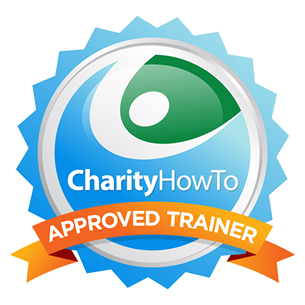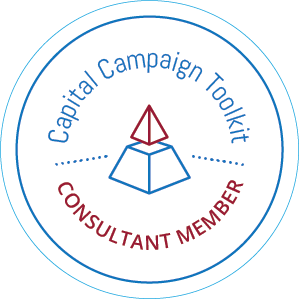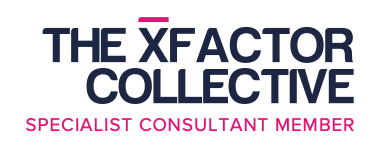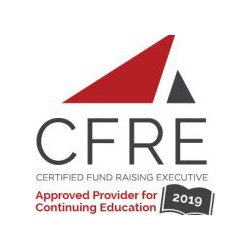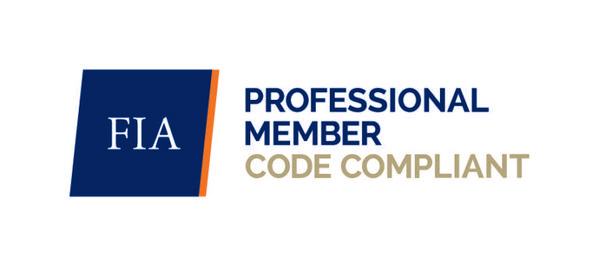An important part of any fundraising campaign is how you plan on recognizing your donors at different giving levels. While donor recognition opportunities do not motivate all donors, the fact is that some are. And, you need to be prepared to offer this valuable tool to inspire the sights of your donors who are motivated by public forms of recognition. Different things motivate different donors. So, always begin by knowing your donor.
Below I share with you a step-by-step method to creating Donor Recognition Opportunities that will inspire your donors to set their sights higher. And, public recognition inspires all donors from big to small and for all kinds of fundraising campaigns, not just capital ones.
There are several important guidelines that one should consider first before actually coming up with the recognition opportunities.
First, it is important that you have several recognition opportunities available for your donors to select.
Second, the top-level gift should be larger than the largest gift projected during the fundraising campaign.
Third, the cumulative values of the donor recognition opportunities should add up to significantly greater than the overall fundraising goal.
And, lastly, the donor recognition opportunity should be two to three times the costs of construction, furnishings, or overall costs of the opportunity.
Once you have given these guidelines consideration, here is how you can establish your donor recognition opportunities step-by-step.
Step #1 – Invite key staff and volunteers to a Donor Recognition Planning Meeting and review your building plans or fundraising campaign outline.
Step #2 – Brainstorm all of the possible named gift opportunity “places” or “things” i.e. main lobby, flag pole, endowed department, scholarships, staff positions, etc. Think expansively and creatively remembering that nothing is off limits.
Step #3 – Write each possible brainstormed building place on a sticky note and put them on the wall in random order.
Step #4 – Look at your campaign gift range chart and determine how many gifts are needed at each level to reach your goal.
Step #5 – Determine the “Curb Appeal” gifts. These gifts are those that provide value for the opportunity and are not necessarily just based on gift size. For instance, a lobby will hold more “curb appeal” than say a large industrial kitchen located in the back of a facility hardly ever seen by the general public.
Step #6 – Match the top “Curb Appeal” gift with naming opportunity that is the largest on the list, etc.
Step #7 – Be sure to present this Donor Recognition Plan to the Board to ensure that they approve of your plans. Ensure that the Board votes to approve this plan. Don’t skip over this step! You need the Board’s support.
There are also other ways that you can recognize your donors. For instance, you can recognize mid-level to lower-level givers with a group plaque, listing in the print donor honor roll, or on the organization’s website. You may also choose to run brick and pavers or wall tile program. And, inevitably, you will recognize all of your donors at a post-campaign celebratory event.
If you would like to see a sample Donor Recognition Plan, email me!
One thing that you do need to ensure is that you are consistent with how you recognize your donors. Everyone needs to be treated equally regarding what his or her gift will afford in a named gift opportunity.
And, now the organization is ready to begin asking for gifts from donors using these different named gift opportunities as a way to motivate donors to step up their giving to the campaign.

 all of the numbers and come up with a formulaic cultivation quotient. The number of touches estimated for a particular donor’s rating score and ranking.
all of the numbers and come up with a formulaic cultivation quotient. The number of touches estimated for a particular donor’s rating score and ranking.
 So, many months ago, I set out and found a hill. I went up and down that hill over and over again. Then, searching online, I found mountain races. And, I entered them. And, I began running up to the summits of mountains. First smaller ones, and then larger ones. But, nothing greater than 3,000 or so feet.
So, many months ago, I set out and found a hill. I went up and down that hill over and over again. Then, searching online, I found mountain races. And, I entered them. And, I began running up to the summits of mountains. First smaller ones, and then larger ones. But, nothing greater than 3,000 or so feet. ith fundraising? Well, a great deal. Courage. I honestly believe that the most significant characteristic of a fundraiser is courage. These exceptional individuals know that even in the most difficult times, perseverance is key, and that “this too shall pass.” Courage to get a lot of “no’s” and to be able to ask for a gift without hesitation. It is the ability to do this, with rumblings and butterflies floating around in your tummy.
ith fundraising? Well, a great deal. Courage. I honestly believe that the most significant characteristic of a fundraiser is courage. These exceptional individuals know that even in the most difficult times, perseverance is key, and that “this too shall pass.” Courage to get a lot of “no’s” and to be able to ask for a gift without hesitation. It is the ability to do this, with rumblings and butterflies floating around in your tummy.
 your territory. Use facial gestures that indicate happiness, open up your chest area, use hands to illustrate your words, etc.
your territory. Use facial gestures that indicate happiness, open up your chest area, use hands to illustrate your words, etc.
 important to not only look at internal things that will impact your fundraising success i.e. Board of Directors, etc., but it is also critical to examine external factors as well. Some external things that may affect the success of fundraising include political factors (i.e. election time), economic (a down economy), sociocultural (changing demographics), and technology (changes in the web, social media, etc.). Development audits also tend to examine others in the industry including nonprofits serving the same type of causes, similar sizes, potential collaborators, and other market factors).
important to not only look at internal things that will impact your fundraising success i.e. Board of Directors, etc., but it is also critical to examine external factors as well. Some external things that may affect the success of fundraising include political factors (i.e. election time), economic (a down economy), sociocultural (changing demographics), and technology (changes in the web, social media, etc.). Development audits also tend to examine others in the industry including nonprofits serving the same type of causes, similar sizes, potential collaborators, and other market factors). se results to the board.
se results to the board.
 Well, this group had a total of 700 names in their donor file. And, they were in serious trouble operating in crisis mode. Person after person told them that they should not invest in donor acquisition, but
Well, this group had a total of 700 names in their donor file. And, they were in serious trouble operating in crisis mode. Person after person told them that they should not invest in donor acquisition, but

